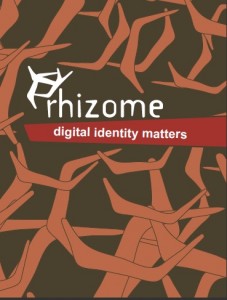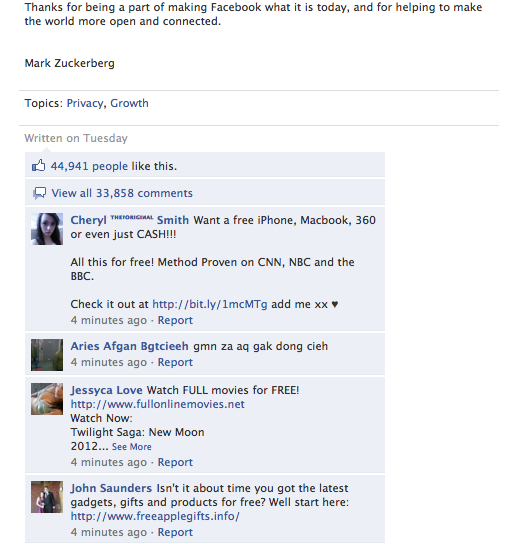I was greatly inspired by the Wise Kids conference on Young People in a Digital World – Preparing, Inspiring and Supporting, held in Bangor in Wales on Wednesday. This was the second of two regional conferences, with videos from the first, in Swansea earlier in the week are available now online (the video by Tanya Byron, who advices the UK government on internet safety is encouraging from a policy point of view).
Here are a few impressionistic comments which by no means express the breadth and quality of the event.
Two things which particularly encouraged me. The first was the breadth of organisations represented by participants. This included teachers, local government officers, youth workers, researchers and delegates from internet and software companies and the voluntary sector. The second was the active involvement of young people themselves in the conference.
And for me, the highlight was the youth panel of some ten or so students from Ysgol Trfyan. They were thoughtful, articulate and above all opinionated. Having previously presented a Welsh language drama about e-safety, they went on to answer questions from participants in the conference. all but one said that if they were forced to choose they would give up television rather than the internet. But there main message was their opposition to the ban on accessing social networking sites and particular Facebook from school. They said the reason they had been told for the ban was that social networks had been used for cheating in exams (unlikely as I found this, a report in last weeks Guardian claims the use of mobile phones for cheating is on the increase!). However they could not see why Facebook has been banned when there was still access to other sites including games. “Facebook is better for learning than games”, said one. Another said: “Whatever they ban we will find a way around it:. And although there may have been an element of campaigning going on, when asked what site they accessed first when they went on the internet, nine said Facebook, one YouTube, and one shopping.
Members of the panel has obviously researched the question of e-safety in some depth in preparation for their drama performance. However, whilst they felt schools should do more to teach internet safety and that also parents should pay more attention to what their children were doing on the internet, they were against nanny programmes. They were also dubious that present age restrictions of access to sites like Facebook were working. One member of the panel said that if her younger sister insisted she was going to set up a Facebook account,, despite being under 13, at the end of the day it was pointless to try to stop her but instead she would try to watch out for her sister’s safety!
The issue of safety tended to overwhelm the conference. As chair Alan Davies said, we seemed to be doing a lot of preparing, and supporting, but not so much inspiring.
Especially in the workshop sessions there was a lot of inspiring. I enjoyed the presentation by Rebecca Newton on Moshi Monsters. But my favourites were the workshop sessions by John Davitt – Occupy the Hand and Mind – simple strategies to make learners active with New Tools – and Leon Cynch‘s brave exploration of the suddenly unfashionable Second Life.
However these sessions were very much geared towards teachers and trainers. There is a big gap – a gap between what such pioneers as John and Leon are doing and the reality of what our systems administrators and school managers are allowing. And it is that gap which was so eloquently exposed by the students from Ysgol Trfyan. The issue of firewalls, white lists and so on is not an administrative issue. If education is to keep in touch with the way young people (and older people too) are exploring and using the internet for learning, for work and for play, then we have to rethink the present absurd policy of banning social software.
Yes, online safety is an issue. But Wise Kids has shown that internet safety is computable with open systems and that educating young people is a better policy than policing them.
 The London School of Economics has published an online toolkit to promote children’s understanding of the digital environment and support them to make good decisions about privacy online. They say “the toolkit is aimed at children of secondary school age, parents and educators, and was developed with the participation of a mix of children in Years 8 and 10. It includes information and resources on: why privacy online is important, how online data is generated and used, children’s rights, privacy-related risks and protective strategies, where to seek support, suggestions and recommendations from children, and fun resources to watch and play.
The London School of Economics has published an online toolkit to promote children’s understanding of the digital environment and support them to make good decisions about privacy online. They say “the toolkit is aimed at children of secondary school age, parents and educators, and was developed with the participation of a mix of children in Years 8 and 10. It includes information and resources on: why privacy online is important, how online data is generated and used, children’s rights, privacy-related risks and protective strategies, where to seek support, suggestions and recommendations from children, and fun resources to watch and play.

